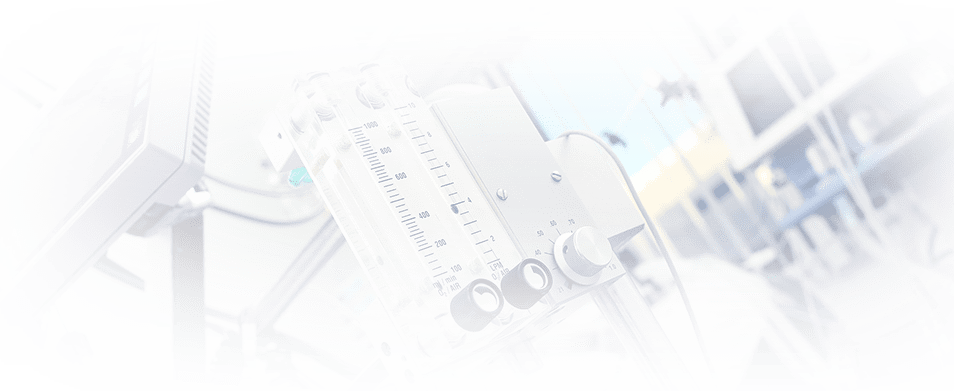AIDS

Ультразвуковая диагностика (УЗИ)
Минболатова Наталья Михайловна
Стаж 14 лет
In healthcare, HIV infection remains the most global health problem. According to preliminary data at the beginning of 2020 there were 1452942 people with laboratory-detected diagnosis in the Russian Federation. In comparison with last year, the number is down by 6.1%. On average, 740 people per 100,000 population are ill. According to the statistics, men are diagnosed in 60% of all cases. AIDS (Acquired Immunodeficiency Syndrome) is the last stage of HIV infection. This deadly disease affects the body's defense system. It destroys the cells that are responsible for destroying infectious pathogens - CD4 lymphocytes.
All about immunodeficiency disease in men and women
The AIDS disease is spreading at great speed. About 2 million new cases are diagnosed each year. This means that this is the number of people who lose the ability to protect themselves naturally against infections and tumors. There is no cure and no vaccine - a fact we have to live with. Only AIDS prevention can prevent the disease. It can take about 10 years from the time of infection to the development of the last stage of immunodeficiency. The causative agent of AIDS is the human immunodeficiency virus (HIV). The international designation is HIV (human immunodeficiency virus).
Disease symptomatology
Depending on the stage of the disease, the symptoms of AIDS appear in different combinations and with different intensities. It is worth remembering to ask for medical help for any health problems. This will help to get the diagnosis right in the early stages and not lose time, during which time the virus actively attacks the immune cells.
Signs of AIDS include the following:
- flu-like symptoms (fever, sore throat, headache, cough);
- nausea and vomiting with no obvious reason;
- nocturnal sweating and frequent hyperthermia;
- dermatitis, candidiasis, onychomycosis;
- inflammation of lymph nodes;
- weight loss;
- prolonged diarrhea;
- history of pneumonia, herpes and tuberculosis.
The signs of AIDS in men are the same as the symptoms in women - there are no differences. The danger of the disease lies in its insidiousness. In the early stages, everyone's usual fevers and malaise are perceived as a cold with self-medication. Signs of AIDS in women may be more intense only in terms of thrush.
Disease transmission routes
How AIDS is transmitted is the first thing you need to know about HIV infection. The source can be either an asymptomatic carrier or a person with AIDS. Transmission of the disease can occur in the following ways:
- unprotected sexual acts;
- transfusion of infected blood and its derivatives;
- shared syringes and needles (drug use);
- from a mother during pregnancy and breastfeeding.
It is worth remembering the rules of contact with infected people. There are limited ways of transmitting AIDS, so don't be afraid to shake hands with someone who has been diagnosed with it. The infection is not transmitted by coughing or sneezing, using the same utensils in the house, going to the swimming pool, or to the toilets. Insect bites are not a danger either. They are not routes of transmitting AIDS.
Stages of the disease in the body
It can take 10-12 years from the time the infection enters the body to an AIDS diagnosis. During this period, the virus is able to completely disable the immune system. There are several stages of AIDS:
- an incubation period is from 2 to 12 weeks (penetration of the virus into the T-lymphocyte);
- an acute phase is from 3 to 6 weeks (viral load increases);
- a latent phase is about 8-10 years (HIV multiplies and fights with the immune system);
- a pre-AIDS phase is from 1 to 2 years (suppression of cellular immunity);
- AIDS with all its manifestations within a period of 1-2 years.
Diagnosis and treatment of people diagnosed with AIDS
Everyone needs to know how AIDS is transmitted. The virus cannot be completely cured. And that is its main danger. In the beginning, when there is an incubation period, there are no signs of infection.
Symptoms of AIDS first appear in the acute phase, when influenza or mononucleosis are misdiagnosed. Without proper attention to diagnosis, the progression to a latent state is rapid. HIV and AIDS should not be mixed up. In the first case we are talking about an infection, and in the second about a serious disease. For this reason, it is important to diagnose men and women early in order to prevent the development of a severe stage of the disease. If diagnosed early, life expectancy is from 20 to 50 years. If AIDS is already in its last stage and there is no treatment, life expectancy is no more than 6-9 months.
How is the diagnosis carried out?
The diagnosis of AIDS is based on a blood test - ELISA (enzyme-linked immunosorbent assay) and immunoblotting. The first test is used to quantify the virus content in the serum. Immunoblotting has a high sensitivity and specificity of up to 99.7%. Another type of test that should be mentioned among laboratory tests is the evaluation of immune status. The incubation period of AIDS is 3 months. If the test is negative, but the fact of infection exists or is suspected, it is recommended to repeat the tests after 6 months. For an AIDS diagnosis, the transcript must show CD4 lymphocytes in the blood in a count of 200 or less.
Treatment methodology
It is impossible to completely cure HIV. An AIDS vaccine has also not yet been developed, and research and development are ongoing. The main way to slow down the progression of the disease is through medication therapy. AIDS medications are used that can suppress the replication of the virus in the body and support the immune system against HIV. Medicines to treat opportunistic infections and to prevent secondary infections and diseases in patients with HIV are also on the medication list. Therapy is prescribed for the rest of the patient’s life.
Prevention of infection
AIDS prevention measures include avoiding frequent changes of sexual partners and unprotected sexual acts. Do not use already used injecting needles and syringes. Dental clinics must use sterile instruments for surgical procedures. Do not use other people's toothbrushes or razors.
AIDS Q&A
Is AIDS transmitted through saliva??
No, it is not. You cannot catch the infection through saliva, sweat, urine or tears. Semen, menstrual blood and vaginal secretions are dangerous.
How do you know if you have AIDS?
You should pay attention to the first symptoms of AIDS, which are often confused with other infectious diseases. For peace of mind and to relieve anxiety, regular testing is recommended.
Is immunodeficiency syndrome treatable?
It is not possible to cure the disease completely. Medication is used to inhibit the activity and multiplication of the HIV, thereby delaying the onset of the last stage of the disease. Scientists are working on a vaccine. It is still under development.




